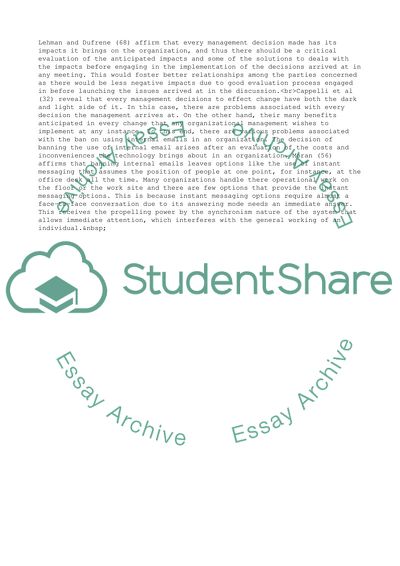Cite this document
(Implementing a Ban on the Sue of Internal Email Services in an Case Study - 22, n.d.)
Implementing a Ban on the Sue of Internal Email Services in an Case Study - 22. Retrieved from https://studentshare.org/management/1768322-management
Implementing a Ban on the Sue of Internal Email Services in an Case Study - 22. Retrieved from https://studentshare.org/management/1768322-management
(Implementing a Ban on the Sue of Internal Email Services in an Case Study - 22)
Implementing a Ban on the Sue of Internal Email Services in an Case Study - 22. https://studentshare.org/management/1768322-management.
Implementing a Ban on the Sue of Internal Email Services in an Case Study - 22. https://studentshare.org/management/1768322-management.
“Implementing a Ban on the Sue of Internal Email Services in an Case Study - 22”, n.d. https://studentshare.org/management/1768322-management.


